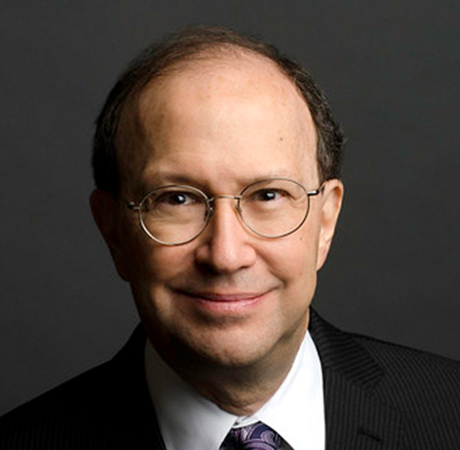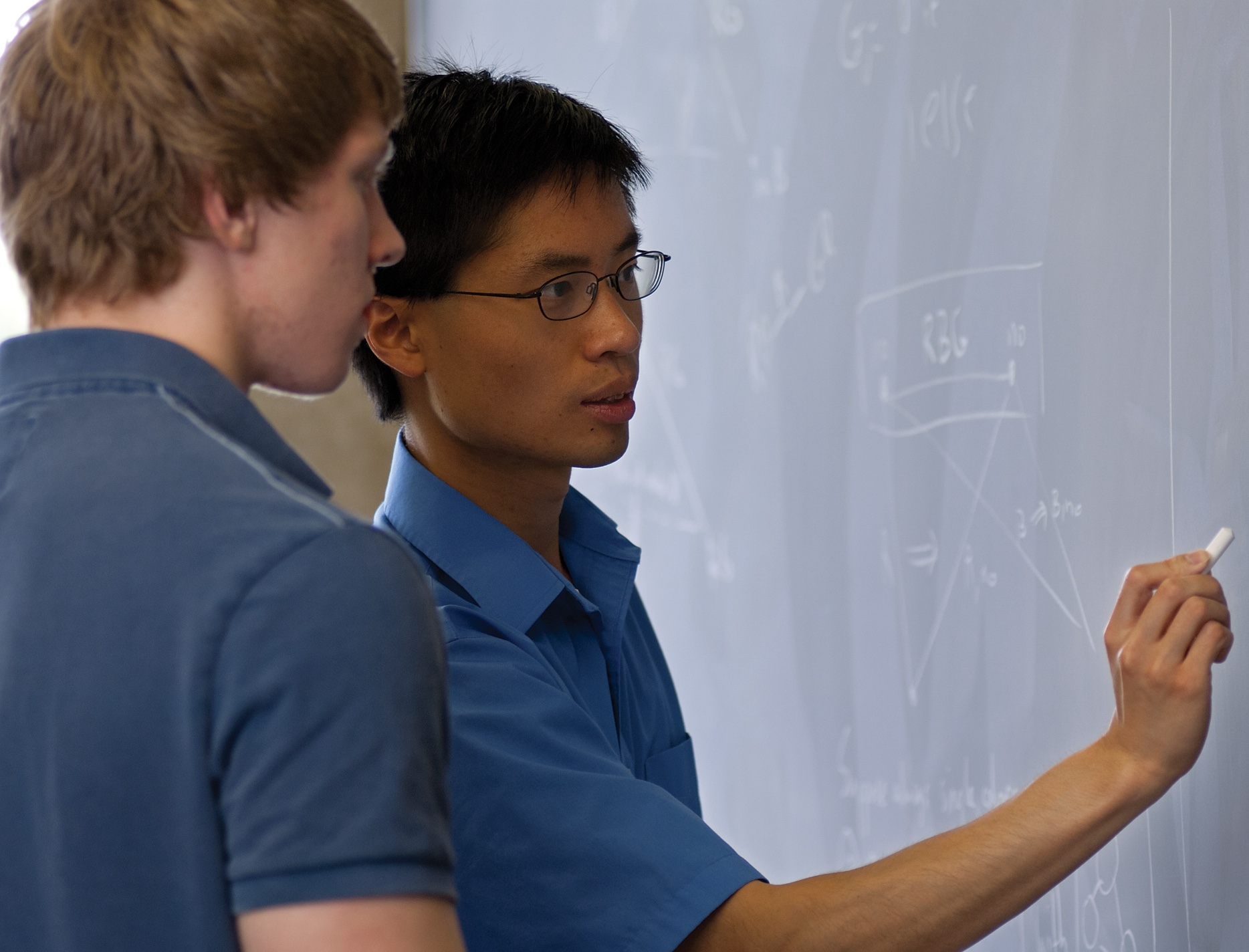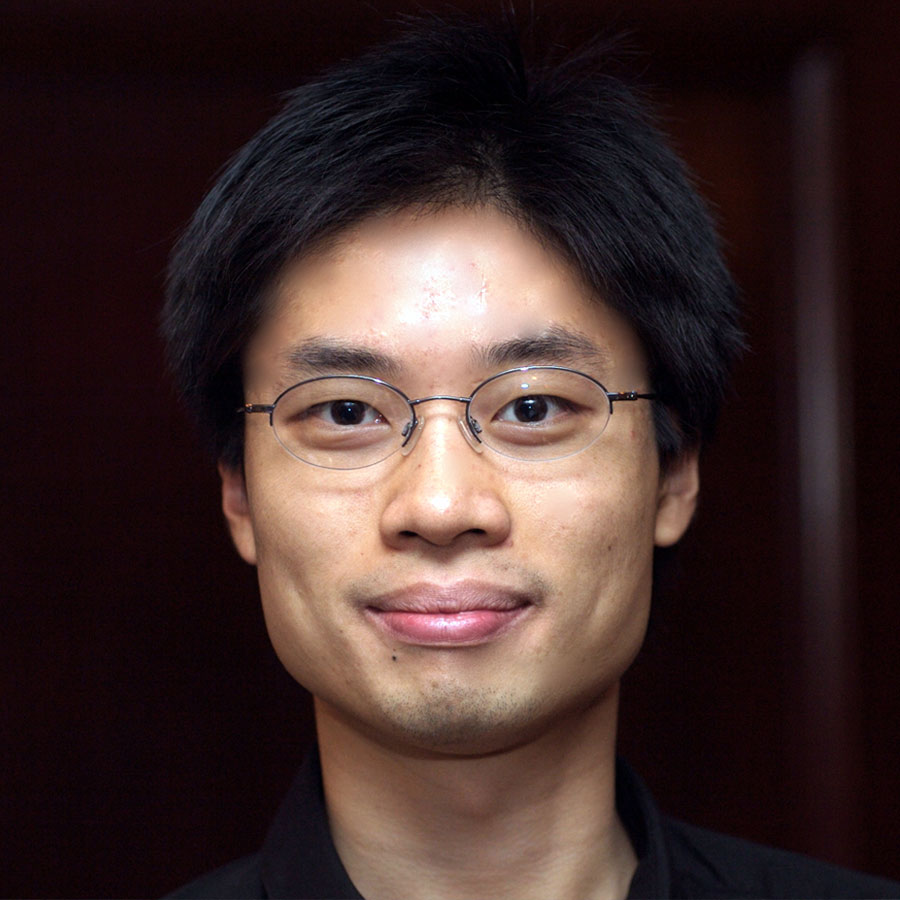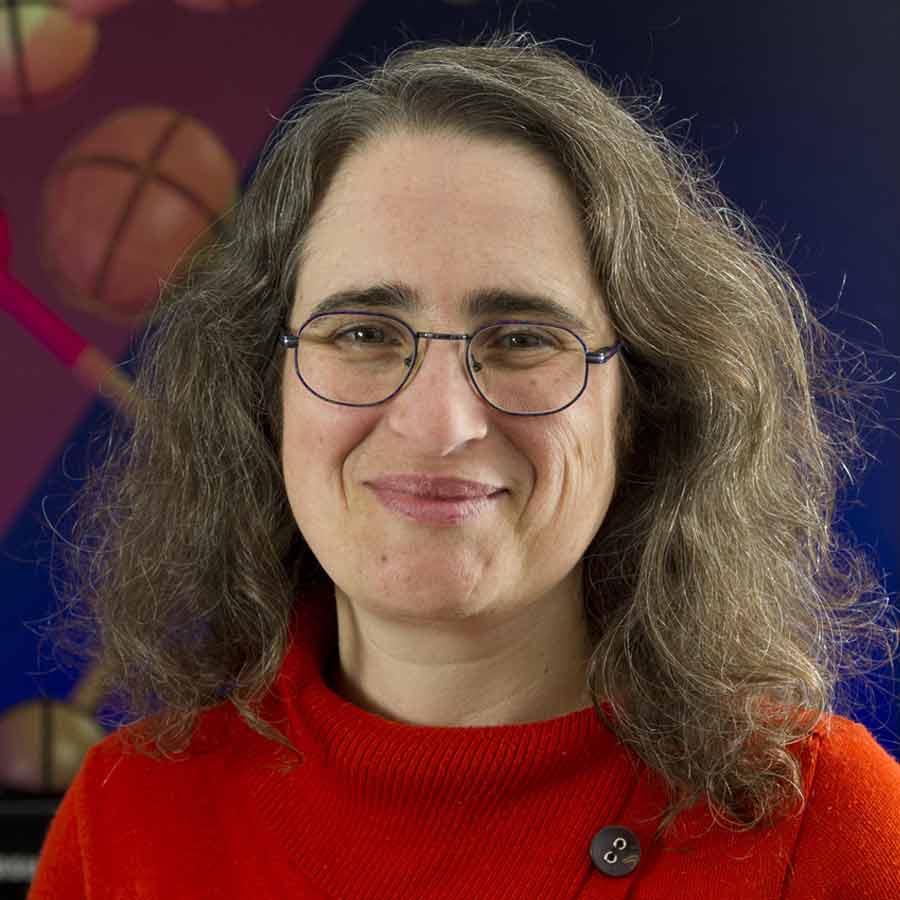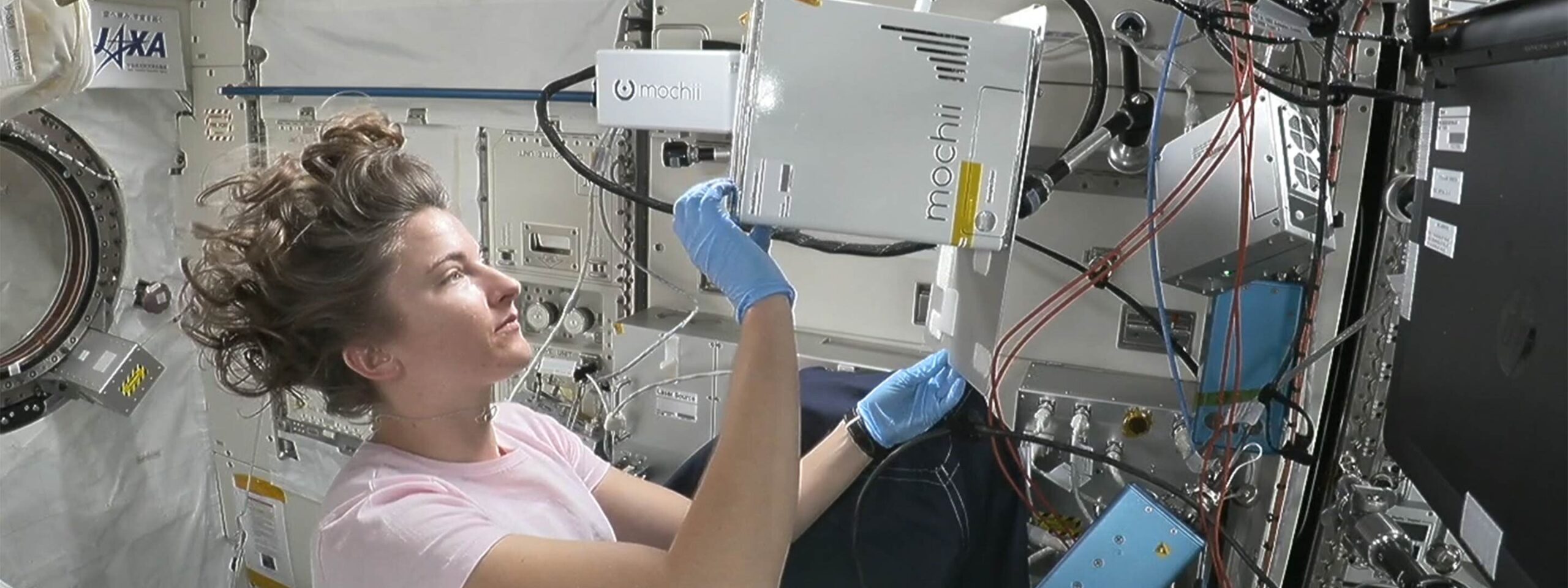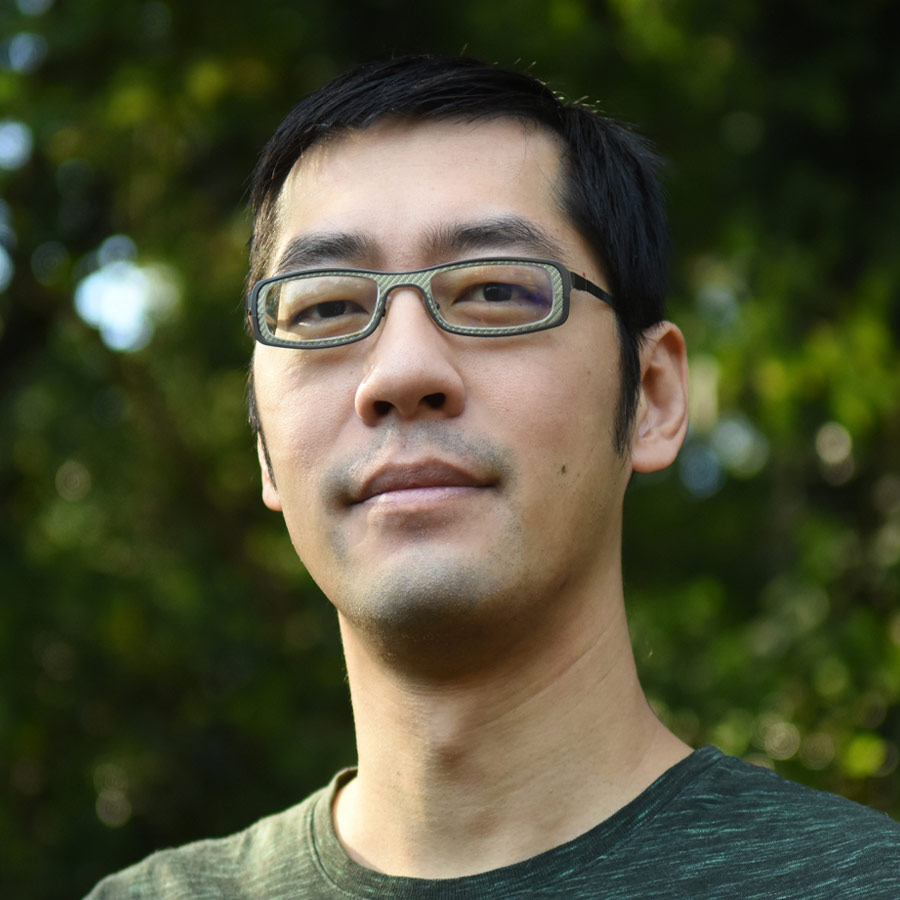THE CHALLENGE
To answer some of the biggest questions about the universe, scientists must first understand its tiniest, most fundamental particles and forces. The field of particle physics uses the language of physics and mathematics to describe these basic building blocks of the universe.
To do so, it uses machines, including particle accelerators, which create and collide beams of high-speed subatomic particles. It’s a tricky science, one that needed a master plan to move forward.
“This kind of research addresses the need for transformative changes in accelerator performance to enable the future of particle physics, and with many societal applications. “
Cameron Geddes
Director, Accelerator Technology and Applied Physics Division, Lawrence Berkeley National Laboratory
THE SOLUTION
To come up with that plan, a panel of physicists and scientists from around the world formed the Particle Physics Project Prioritization Panel (or P5). Hertz Fellow Cameron Geddes, the director of the Accelerator Technology and Applied Physics Division at Lawrence Berkeley National Laboratory, was one of 31 members of this group, which assembled a new plan for how to move particle physics forward.
Geddes and his colleagues showed how they could create high-energy waves in plasma to accelerate particles — a result initially met with skepticism but is now embraced as having potential to make future accelerators smaller and more capable, enabling new science and practical uses.
In addition to the potential for a next generation of particle physics colliders, Geddes has developed these accelerators toward the goal of providing precise X-ray and particle sources for medical and security applications that could be smaller and more affordable than the billion-dollar machines found at national laboratories.

THE IMPACT
In 2023, the group published their findings in the Pathways to Innovation and Discovery in Particle Physics report, which outlines recommendations for supporting major ongoing projects, and for building and improving particle accelerators and observatories around the world. These kinds of massive facilities are critical for carrying out large experiments and require international collaboration to build and maintain.


